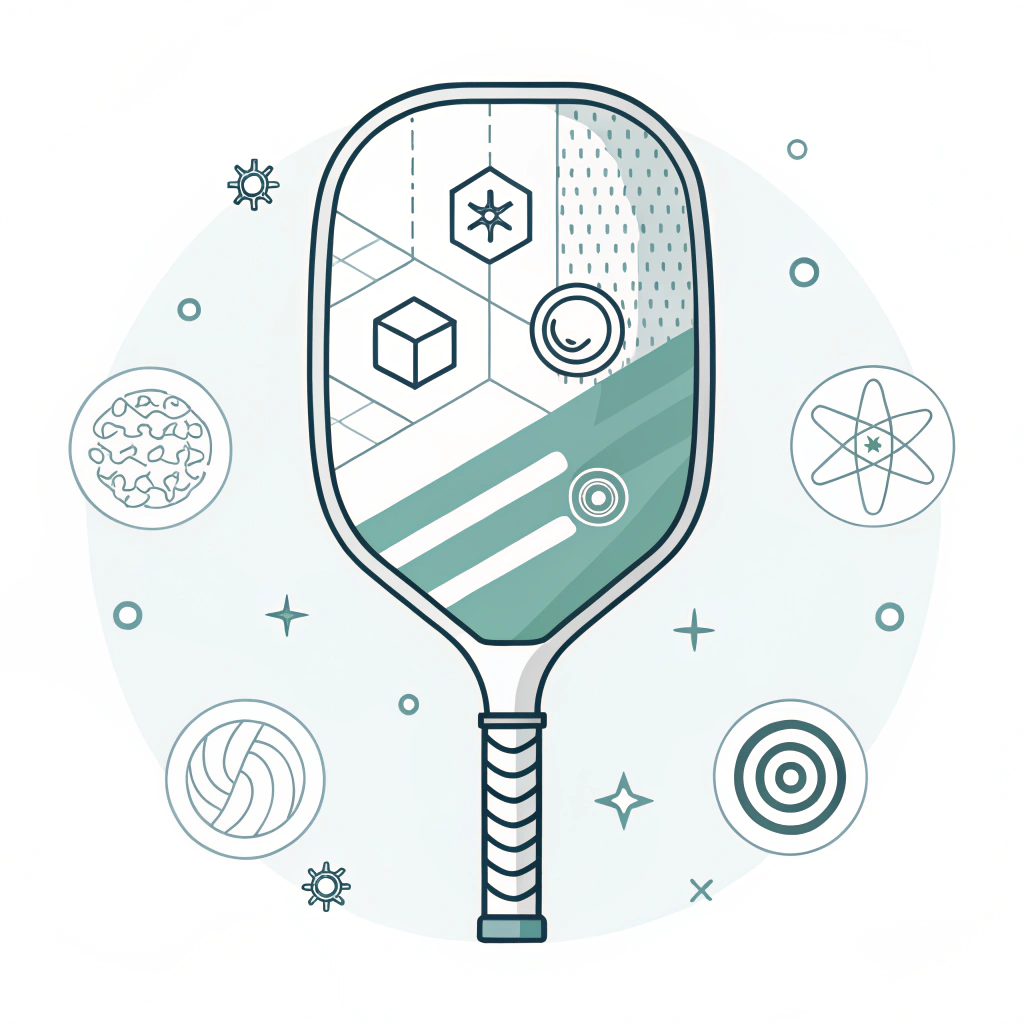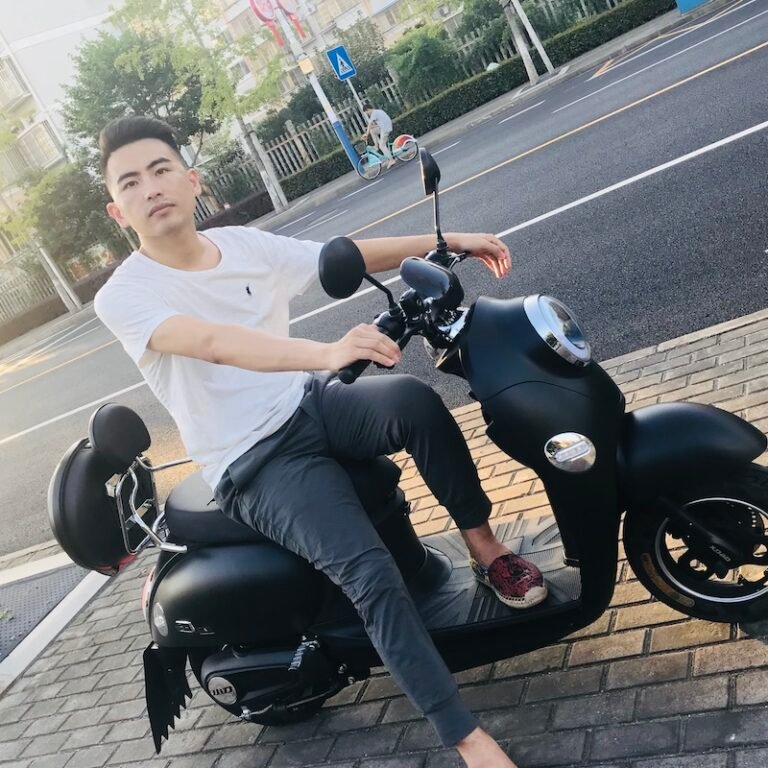High-performance pickleball paddles rely on carefully selected materials and advanced production processes that directly influence their performance, durability, and precision. This comprehensive guide explains the advantages of various materials, outlines the production techniques including hot pressing, cold pressing, and Thermoforming1, and compares their outcomes to help you make informed procurement decisions.
For competitive play and enduring quality, pickleball paddles must be built using premium materials. High-performance paddles use a range of materials such as carbon fiber2, fiberglass, and composite cores to balance power, control, and comfort. Each material type offers unique benefits:
-
- 3K Carbon Fiber provides excellent flexibility and strength, making it suitable for paddles that demand high rebound force and reduced vibration.
- 12K Carbon Fiber features a denser thread layout, resulting in a smoother surface that enhances durability and impact resistance, ideal for competitive play.
- T300 Carbon Fiber is specially engineered for superior tensile strength and a balanced weight, contributing to both power and agility.
-
Fiberglass:
- Fiberglass paddles offer a wider sweet spot and better ball control, with materials like E-Glass Fiberglass providing excellent elasticity and tensile strength.
-
- Combining carbon fiber and fiberglass can yield paddles that balance both strength and lightness, targeting players who need precision along with power.
- Cores fashioned from bamboo or honeycomb structures ensure impact resistance while reducing vibration. These composites cater to long-lasting play and consistent performance.
These material selections not only define the paddle’s performance characteristics but also affect cost, production feasibility, and suitability for different market segments.
When evaluating manufacturing methods, it is essential to compare how each process influences the final paddle characteristics. Each production technique carries its own advantages and limitations, which can impact quality control and product performance.
Hot pressing involves heating materials and applying pressure simultaneously. This process is widely used for manufacturing paddles that require high impact resistance and structural integrity.
-
Advantages:
• High production efficiency – suitable for mass production.
• Creates paddles with exceptional strength and durability.
• Enhances the paddle’s impact resistance and consistency. -
Disadvantages:
• Elevated temperatures may alter some intrinsic material properties.
• Requires significant equipment investment which can drive up costs.
Cold pressing uses mechanical pressure at room temperature to shape materials. This allows for precise control over thickness and ensures that the material’s natural properties remain intact.
-
Advantages:
• Accurate control over the paddle’s structural properties.
• Preserves material characteristics for better control and feel.
• Offers excellent ball responsiveness, making it suitable for paddles aimed at precision. -
Disadvantages:
• Longer production cycles compared to hot pressing can reduce output.
• Demands high-quality equipment to ensure consistent pressure application.
Thermoforming involves heating materials to a softening point and then molding them using precisely engineered molds. This method is ideal for creating paddles with complex shapes and varied thicknesses.
-
Advantages:
• Facilitates intricate designs with precise material distribution.
• Maintains paddle stability, enhancing overall performance.
• Suitable for premium products and custom-made options. -
Disadvantages:
• Higher energy consumption and longer production times.
• Increased cost due to advanced equipment required for the process.
The table below summarizes the key differences across these processes:
| Production Process | Advantages | Disadvantages |
|---|---|---|
| Hot Pressing | High efficiency, strong impact resistance, maintains structural integrity | Potential alteration of material properties, high equipment investment |
| Cold Pressing | Precise control over thickness, preserves material properties, excellent ball feel | Longer production cycles, requires precise high-quality equipment |
| Thermoforming | Creates intricate designs, ensures material stability, ideal for custom products | Higher production cost and time, increased energy usage |
This table highlights critical factors that must be considered when selecting a manufacturing technique for paddles designed for competitive play. Procurement managers should choose a method that aligns with production volumes, desired paddle performance characteristics, and budget considerations.
At NEX Pickleball, our focus on quality begins with the careful choice of materials and extends into every step of the production process. Our facility, based in Jiaxing, Zhejiang, China, leverages advanced production technologies to ensure that every paddle meets the highest standards of performance. Here are key quality control measures and considerations:
-
Precision Material Selection:
We source high-grade carbon fiber, fiberglass, and various composite materials to ensure optimal energy transfer and durability. The combination of carbon fiber types allows us to tailor paddle characteristics to meet specific market needs, whether for recreational players or elite athletes. -
Rigorous Quality Control:
Every paddle is subjected to thorough testing – from material integrity tests during production to final performance evaluations. These tests evaluate impact resistance, vibration reduction, and overall durability under competitive conditions. -
Customization to Market Needs:
Our production processes allow us to offer custom paddle options. Clients can specify design details, weight distribution, grip sizes, and surface textures to suit their market requirements or team branding. This capability is critical for B2B partnerships where unique selling propositions drive purchasing decisions. -
Consistent Production Standards:
Utilizing hot pressing, cold pressing, and thermoforming, we ensure consistency and premium quality for every paddle. While each process offers different benefits, our facility leverages these techniques strategically, matching product requirements with the best suited manufacturing method.
For procurement managers and sports equipment distributors, understanding these technical differences is only part of the decision-making process. Here are several market insights and benefits of partnering with an experienced manufacturer:
-
Scalability and Customization:
With advanced production technologies and strict quality control methods, you can confidently place bulk orders with the expectation that each unit meets precision standards. The ability to offer custom paddle options opens avenues for unique branding and differentiation in competitive markets. -
Competitive Pricing without Compromising Quality:
Leveraging high-efficiency processes like hot pressing allows us to scale production without significant quality loss, ensuring a competitive price point. In markets where both high performance and budget compliance are critical, this balance is essential. -
Industry Reputation and Reliability:
Being the original equipment manufacturer (OEM5) for brands like Joola and Selkirk, NEX Pickleball has a proven track record in delivering performance-driven paddles. Our commitment to innovation and quality is reflected in every paddle we produce, establishing a reliable partnership for B2B clients. -
Tailored Technical Support:
Our facility not only delivers products but also offers technical insights on manufacturing processes, material benefits, and production optimization. This support helps procurement managers understand the value proposition and align ordering decisions with market demand.
By incorporating these insights into your procurement strategy, you can confidently select paddles that meet your customers’ performance needs while also enjoying the benefits of streamlined production, competitive pricing, and product customization.
Understanding the differences between production processes and material advantages is key to making an informed purchase of high-performance pickleball paddles. Here are the takeaways:
• Material Selection is Critical:
Choose from advanced carbon fibers, fiberglass, or composite materials based on your target market’s needs. Each material offers unique performance benefits that can be matched with specific playing styles and levels of competition.
• Production Process Comparison:
Evaluate the three main methods – hot pressing, Cold Pressing4 (for precise structural control) and Thermoforming1 (for intricate design possibilities) – using factors such as production speed, impact on material properties, and cost. Our detailed table provides a quick reference to help guide these decisions.
• Quality and Customization:
With rigorous quality control and the ability to customize paddle designs, selecting a partner like NEX Pickleball ensures that each product meets the required standards for durability, performance, and branding opportunities.
• B2B Strategic Advantage:
Leverage the benefits of scalable production processes, competitive pricing, and technical support to position your sports equipment portfolio at the forefront of the market.
For B2B procurement managers and sports equipment distributors, aligning manufacturing capabilities with strategic purchasing decisions is fundamental to success. Our advanced techniques and production processes at NEX Pickleball provide a reliable and innovative pathway to meet the growing demand for performance-driven pickleball paddles.
Taking action now means engaging with a partner who not only understands the technical intricacies of paddle production but also values your unique business requirements. Reach out to discuss custom options, production timelines, and quality benchmarks to drive growth in your market.
-
What are the benefits of hot pressing in pickleball paddle production?
Hot pressing offers high production efficiency and enhances paddle strength and impact resistance, making it ideal for mass production while ensuring structural integrity. -
How do cold pressing and thermoforming compare in maintaining material properties?
Cold pressing preserves the material's natural characteristics and provides precise control over paddle thickness, while thermoforming allows for intricate designs and optimized material distribution, though with longer production times and higher costs. -
How does advanced quality control influence paddle performance over time?
Rigorous quality control, from material inspection to final product testing, ensures that each paddle performs consistently under competitive conditions, reducing wear and maintaining optimal performance during extended use.
-
Thermoforming: Click here to understand the thermoforming process, including its advantages in creating intricate designs and maintaining material stability. ↩ ↩2 ↩3
-
Carbon Fiber: Click here to learn more about carbon fiber's role in enhancing paddle strength, flexibility, and overall performance. ↩ ↩2
-
Composite Materials: Click here for an in-depth look at composite materials and how their unique properties contribute to balancing strength and weight in sports equipment. ↩
-
Cold Pressing: Click here to discover how cold pressing preserves material properties and allows for precise control during manufacturing, ensuring quality and performance in the final product. ↩ ↩2
-
OEM: Click here to explore the concept of Original Equipment Manufacturing (OEM) and its benefits for establishing reliable, performance-driven partnerships in B2B markets. ↩







